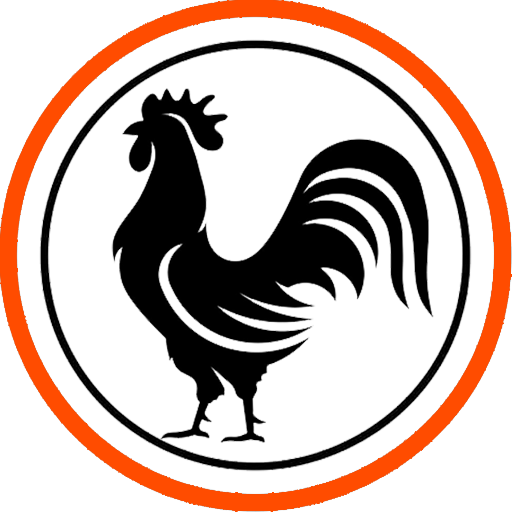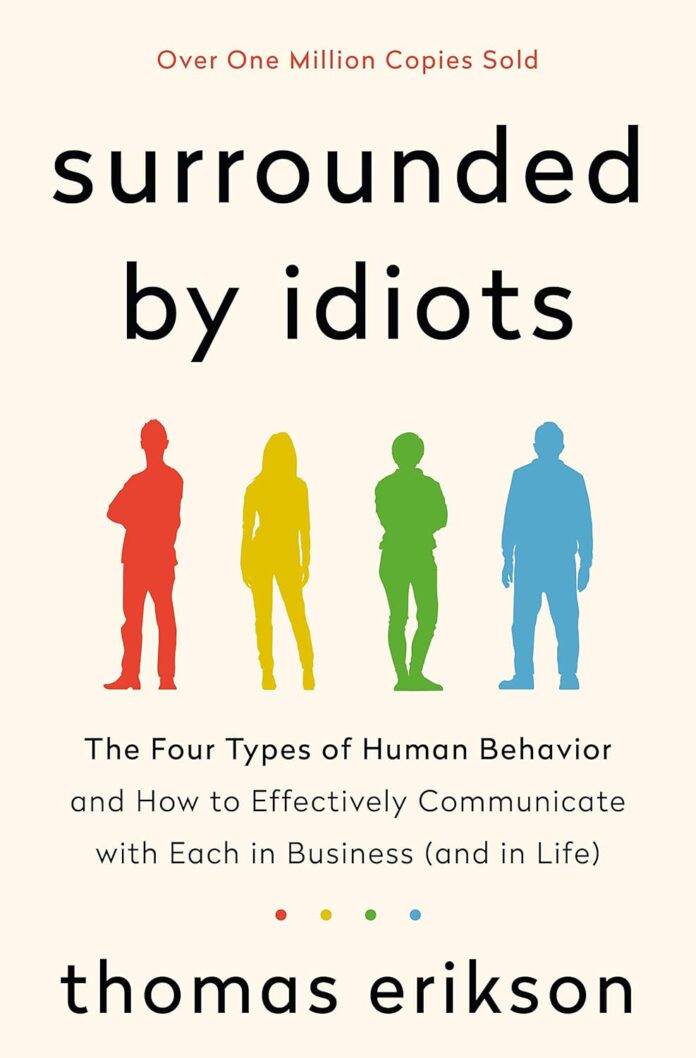We should rethink what we think about the people around us, says Thomas Erikson in Surrounded by Idiots. His argument against the idea that some people are just “idiots” is that we’re all just different, with our own set of traits. He talks about the interesting idea that understanding these differences is the key to better communication and less stress in our relationships, whether they are at work, at home, or with other people. Putting people’s actions into four separate “colours,” Erikson gives us a simple but useful way to think about how to deal with the complicated nature of human interactions.
Red (The Leader)
Red people will always be in charge. They are the ones who always take charge and get things done. Some people might think they are bossy or overbearing, but that’s just because they really want to get things done—they care a lot about results. Even though they may look like drill sergeants, it’s important to understand that their drive isn’t just about control; it’s also about success and reaching goals, often for the greater good. Even though they will push you to your limits, they will also get things done.
Inspiring colour yellow
The yellow people make the party fun. When they walk into a room, they fill it with life, happiness, and creativity. They love talking to people and are great at making everyone feel welcome and at ease. They tend to jump from one idea to another, which can be both a strength and a weakness. You can’t help but be excited around them, but their focus might not always match their passion. Some people may be too rigid in some areas, but their creativity and inspiration often lead to big steps forward. If you ever need to come up with something new or laugh out loud, look for the yellow.
Green means “I agree”
Green people make things better. They care for others, listen with understanding, and are always there to make sure everything runs smoothly. They are always there for others and help make the world a better place by making everyone feel cared for. Greens may freeze when asked to leave their comfort zone, though, because change scares them. They care most about peace and stability. They may not like taking risks, but their loyalty and commitment make them an important part of any team or relationship. These things remind us that not everything needs to be exciting or fast-paced. Sometimes, we just need a steady hand.
Blue (for analysis)
Blue people are the ones who think. They pay close attention to every detail and are always trying to find logical answers to problems. The blue person is the one you need to break down a complicated problem, gather the facts, and make a step-by-step plan. But their need to get everything just right can sometimes slow them down. Though their dedication to accuracy is admirable, it can sometimes make them seem too cautious or even a little dull. Still, this commitment to quality is what makes sure things are done right the first time.
It gets even more interesting after this. According to Erikson, none of us are just one colour. We are all a mix of these four types, with different colours stepping out more often depending on the situation. This mix of traits affects how we act, what choices we make, and how we deal with the world. When we know these things about ourselves and others, we can communicate better, avoid pointless arguments, and work together better.
If someone seems “different” or “difficult,” it’s probably because their colour scheme is different from ours. It’s possible that they see the world through the lens of reason and analysis, while we see it through the lens of ideas and feelings. The first step towards understanding and respecting each other is to admit that there is no one “right” way to be. Erikson says we shouldn’t call people “difficult” or “weird.” Instead, we should try to see things from their point of view. It’s not like the world would be very interesting if everyone was the same.

